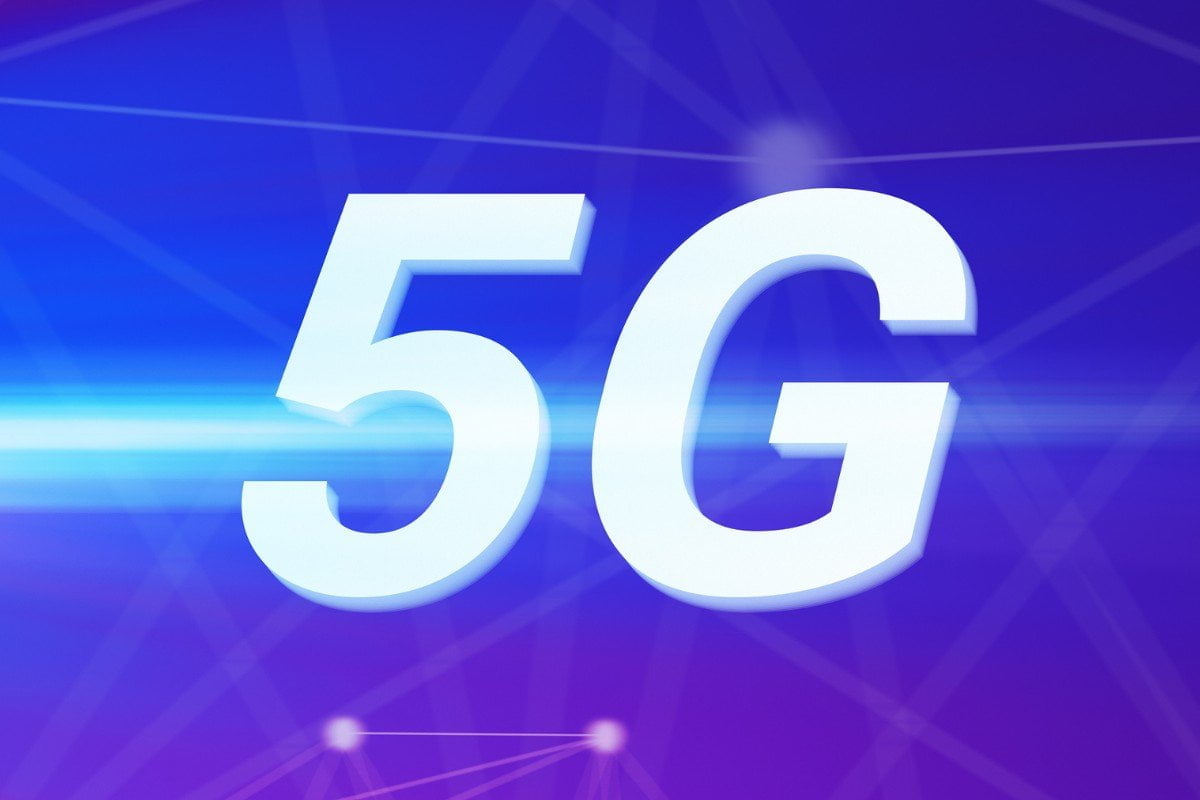In India, the 5G network is now operational. Although it is only available in a few limited states, telecom providers have vowed to increase the 5G network’s coverage quickly. According to the Ookla Speedtest Intelligence report, test network 5G speeds in India have hit 500 Mbps on average. While many customers are enjoying lightning-fast download speeds on their devices, others are still facing painfully poor rates. There could be a number of causes for the slowed-down movement. In an exclusive interview with Business Today, Viswanathan Ramaswamy, Vice President for 5G and Digital Solutions Incubation at Tata Communications, outlines the causes of the poor 5G speeds users are seeing.
Congested Network
Even the restricted 5G networks are already crowded, which may seem strange to read. Customers are eager to use high-speed 5G networks on their existing 4G plans. As a result, a lot of users are connecting to the little 5G network that is available, which causes network congestion.
Non-Standalone 5G Network
Standalone mode and non-standalone mode are the two types of network delivery. A non-standalone mode provides operators with a roadmap to 5G because they don’t want to waste the investment they have already made in their 4G networks by switching out overnight. In this, 4G and 5G coexist, and the end device’s ability to connect to a 5G or 4G network depends on the core network. The sole benefit this non-standalone network offers is a speed boost. It lacks all the additional benefits that a 5G network offers.
Early Days of the Rollout
Only after receiving their spectrum in the August, network operators begin rolling out their networks. However, the operators were forced to activate the network in a few particular areas because of the Indian Mobile Congress. The 5G network can, however, be deployed across the nation over a five-year period thanks to their rollout duty, which operators will properly abide with.
Overcoming Technical Glitches
There is no rush for the network operators to roll out the network because the deployment commitment gives them five years to build the 5G network nationwide. Additionally, network carriers encounter numerous issues during the early stages of the distribution of the next generation of mobile telephony that they must concurrently fix. Retracting will be expensive if they aggressively and widely deploy the 5G network before running into any technical problems. Because of this, operators first roll out the new network in a small area, check all the parameters during every testing scenario, stabilise the software, and then replicate it throughout the rest of the nation.
